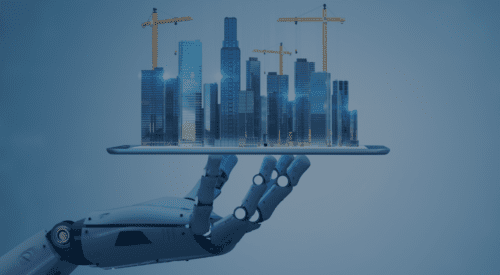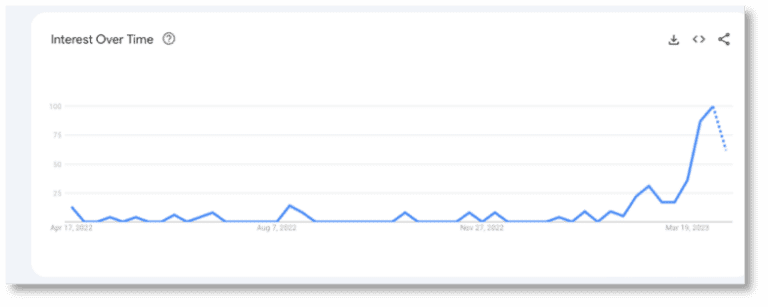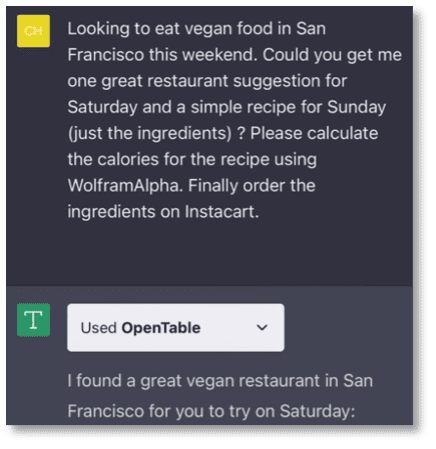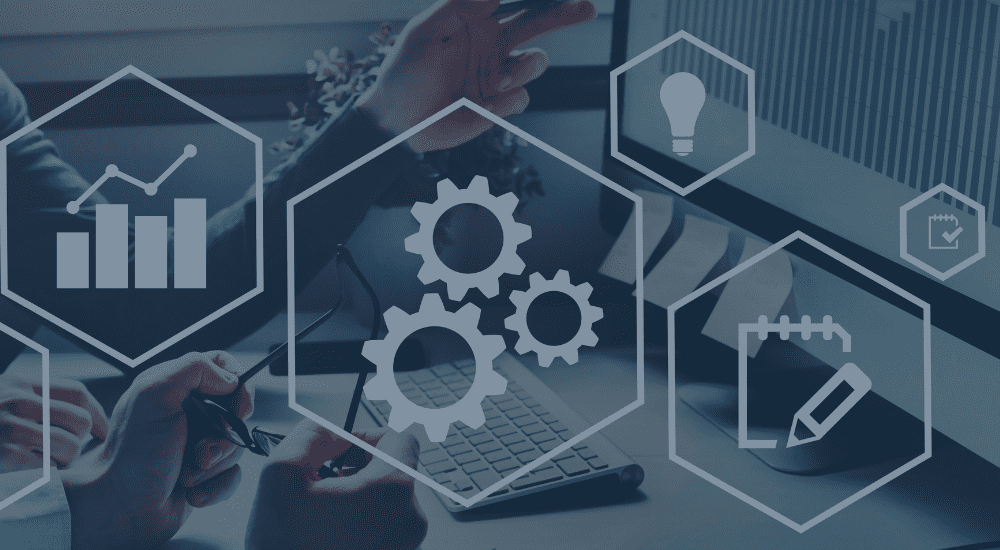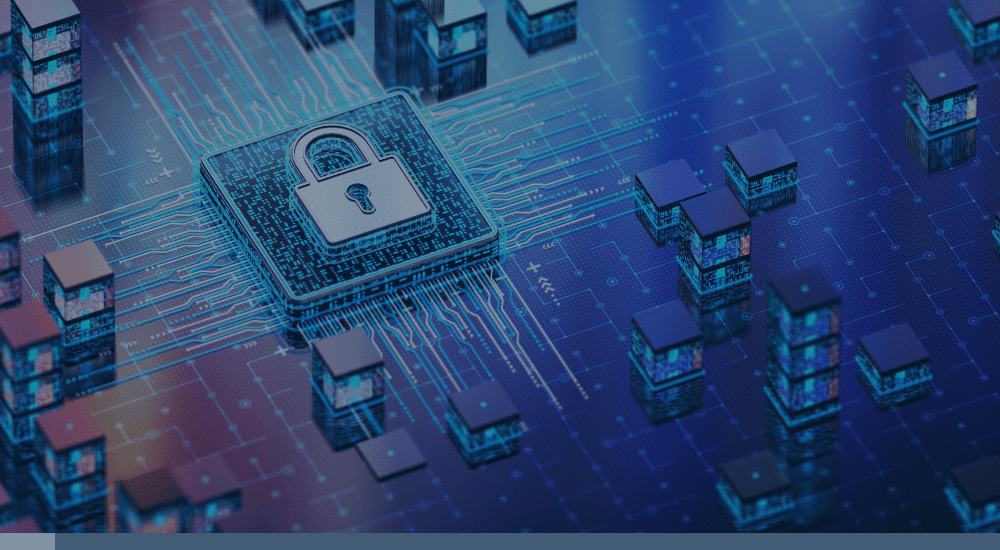Leaders in the transportation sector are well-positioned to pursue adoption of this technology. They have personally witnessed a four-fold increase in global supply chain tech investment since 2016 (per Bain Global PE Investment Report 2022) and the rise of more “tech-native” players in a field still dominated by antiquated green-screen AS400 technologies and cumbersome, outdated applications.
Given many employees are already informally utilizing ChatGPT in their daily tasks, logistics leaders should develop a plan to harness this burgeoning technology, centered around promising use cases for augmenting operating profits. By adopting a learning-oriented approach, this groundbreaking technology can become a catalyst for competitive differentiation rather than a source of business disruption.
While the current literature on the intersection of ChatGPT and logistics is filled with lofty promises of “lights-out automation” and “revolutionizing analytics”, there is a noticeable scarcity of content focused on specific ChatGPT use cases that logistics companies, particularly those less technically mature, should explore building an internal competency around.
Below are 8 opportunities a logistics leader may wish to explore to influence their bottom line in the short term:
1. Improve Internal Knowledge Management and Training
Coupled with high turn-over rates for operational staff, there is high value in improving onboarding and training processes for companies – to save time, elevate the employee experience and make learning a more integrated and seamless activity for staff. Morgan Stanley has already provided a compelling proof of concept for this capability with 200+ employees currently querying ChatGPT to support their work experience and the large trove of internal wealth management data (policies, procedures, reports) the tool is connected with.
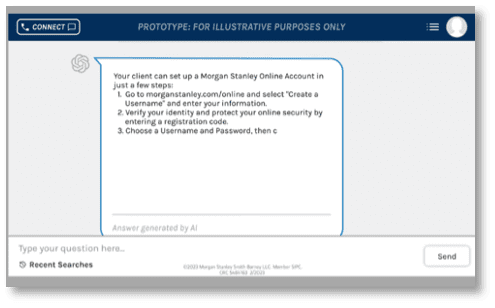
Morgan Stanley Internal ChatGPT Query Box
2. Reduce Customer Service Workload
Chatbots can significantly impact customer service by alleviating the strain on human resources and handling inquiries about shipments or other topics of limited complexity. ChatGPT represents a promising opportunity to reshape the customer service landscape for logistics leaders by enabling faster response times and freeing up internal resources for more value-added tasks. Kevin Glynn, Adjunct Professor at Northwestern and Senior Advisor at Cuesta Partners cautions, however, “CEOs will not let ChatGPT go live in the customer service arena without vetting it, as 3PLs, which often differentiate through customer service, cannot afford many mistakes.” To enable ChatGPT for the customer service function, technical expertise is required to allow ChatGPT to connect to internal SharePoints and documents, as well as to train the LLM model to respond with appropriate, company-specific answers via prompt engineers (specialists who write prose to test and train AI models).
LTM Google Trends data indicates rapid rise in “Prompt Engineer” search volume
3. Automate Shipment Tracking
Responding to the age-old shipper inquiry, “Where is my load,” often requires large offshore teams dedicated to manually tracking shipments (e.g., calling truckers, reviewing data in visibility systems) and reporting back to customers. ChatGPT’s plug-in architecture, which enables access to purpose-built applications for specific questions (example: integrating with Open Table for restaurant reservation queries as demonstrated in the screenshot below), may prove helpful for automating this function. A 3PL could build integrations with Project44 and MacroPoint, as well as traffic and weather services for tracking inquiries sent to ChatGPT. Based on load destination and origin, ChatGPT could conduct a series of targeted inquiries across these sources to provide a summarized response, much like tracking personnel do today.
OpenTable PlugIn To ChatGPT for Restaurant Reservations
4. Create Product Marketing Materials More Expediently
“Marketing and blogs are a premier use case,” shares Grace Sharkey, a Staff Writer at FreightWaves. She underscores how the tool has drastically cut down the time she needs for preparing interviews by assisting in the creation of question prompts. This efficiency, in turn, frees up her time to indulge in what she truly enjoys: Engaging in conversations with those in the freight tech industry. Logistics personnel with marketing responsibilities would do well to explore how ChatGPT can aid in generating blog content tailored for carriers and shippers. “While the initial draft of the content might come off as robotic, sales personnel can later refine it and enrich it with additional context,” Sharkey further elaborates.
5. Drive Sales Through Marketing “GPT” Capabilities & Integrations
While many recent “GPT” tools are capitalizing on the ChatGPT trend (RiskGPT, ModelGPT, MovementGPT), it’s essential to scrutinize their value and validity during the demo process. Are these truly new tools or remarketing of existing capabilities? In our Technology Diligence practice, Cuesta often finds claims of “transformative AI” or “proprietary machine learning algorithms” to be over-purported or absent upon closer examination. Nonetheless, from the seller’s standpoint, rebranding or launching a GPT tool could potentially ignite consumer interest. However, such a strategy carries risk if the promised capabilities fail to deliver.
6. Refactor Legacy Applications
Engineers who enjoy refactoring old, legacy applications are a rarity and ChatGPT has sparked a renewed interest in using AI to tackle this arduous task. ChatGPT can be prompted to explain legacy code, rewrite it in more prominent programming languages, generate test cases, and even create code documentation. Assigning a scrum team to attempt an application modernization project for a sprint or two may prove a worthwhile endeavor.
7. Gain Optimization Capabilities
Kevin Glynn points out, “ChatGPT can be requested to optimize a network for a series of orders…I personally have asked ChatGPT to return an optimization python script for 50 trucks based on 100 stops, and the results represented a good start.” Third-party logistics companies using less advanced Transportation Management Systems (“TMS”) may consider leveraging ChatGPT to enhance their freight planning process’s efficiency, with standard operating procedures detailing the optimization parameters and prompts to be entered into the tool. As ChatGPT gains the capability to support larger prompt sizes and (potentially) import CSV files, these optimizations stand to become more powerful.
8. Conduct a Company-Wide Brainstorm
Ultimately, the most advantageous use of ChatGPT will be unique to each logistics company, necessitating customization and business-wide support. Major companies, such as Stripe, have already initiated broad internal brainstorming sessions to pinpoint which workflows could benefit from LLMs. One application identified by Stripe through this brainstorm: Detecting fraudulent activities aimed at their company within public forums such as Discord. Cuesta has adopted a similar approach by launching a ChatGPT challenge to discover the most intriguing personal use cases (My personal submission: using the tool to analyze my monthly expense reports for key takeaways and admonish me for my coffee addiction).
In a world where technology is disrupting traditional business models and creating new paradigms of operation, the logistics sector stands to benefit immensely from the adoption of AI-powered tools like ChatGPT. By taking a proactive, learning-oriented approach, logistics companies can leverage ChatGPT as a powerful ally in their journey towards digital transformation and enhanced competitive advantage.
At Cuesta, we are supporting companies every day to discover limitless new possibilities with emerging technology, including ChatGPT. Contact us today to learn more – we’re eager to help!
